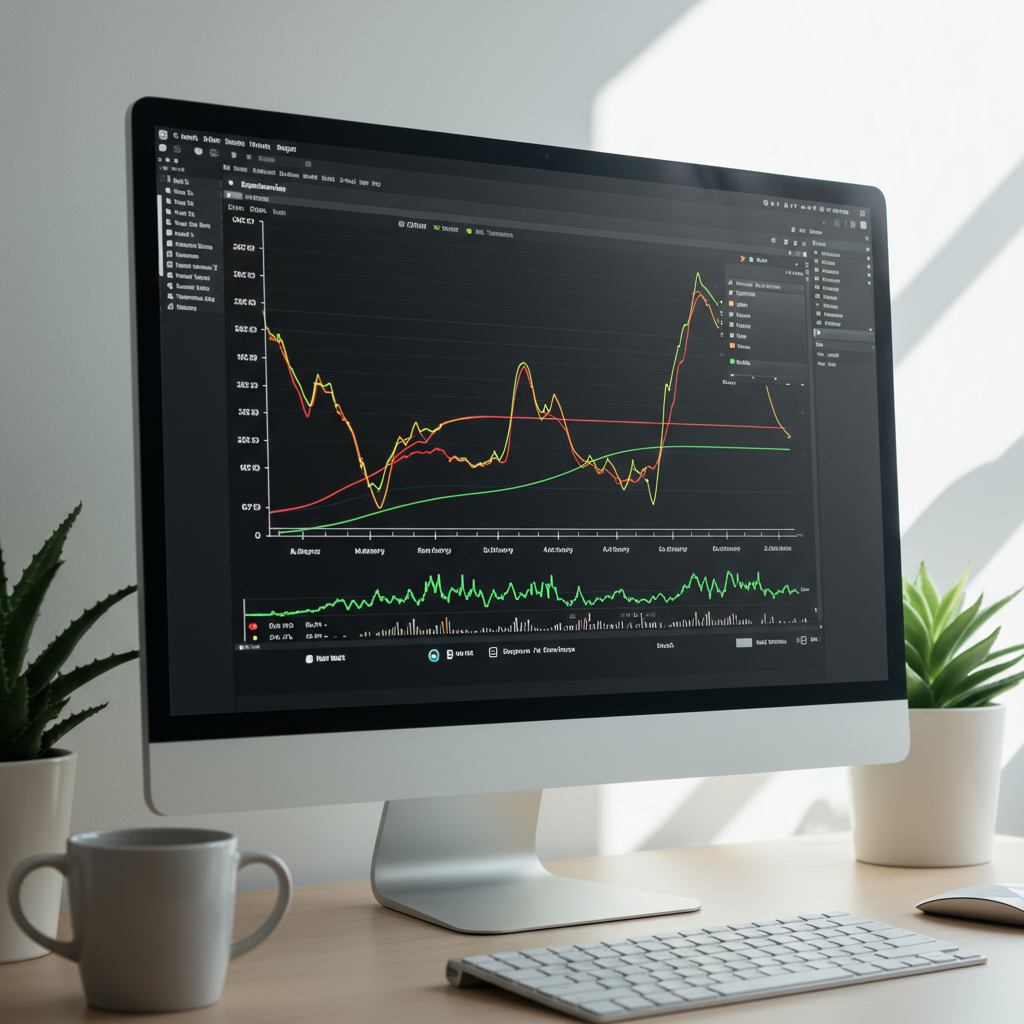Exploring Uptime Kuma Alternatives: A Deep Dive into Go and React-Based Monitoring Solutions
Uptime Kuma has gained popularity as a self-hosted monitoring tool. But what if you’re looking for something different? This post explores alternatives built with Go and React, offering a fresh perspective on monitoring your services.
Why Consider Alternatives?
While Uptime Kuma is a solid choice, exploring alternatives can be beneficial. You might need specific features, prefer different tech stacks, or simply want to see what else is out there. This exploration focuses on solutions using Go for backend efficiency and React for a modern, dynamic frontend.
Key Features to Look For
When choosing a monitoring solution, consider these essential features:
- Performance: How quickly does it collect and display data?
- Scalability: Can it handle a growing number of monitored services?
- Alerting: Does it offer flexible notification options (email, SMS, etc.)?
- Ease of Use: How intuitive is the interface for setup and daily use?
- Customization: Can you tailor it to your specific needs?
Go and React: A Powerful Combination
Go, known for its speed and concurrency, is ideal for building robust and efficient monitoring backends. React, a popular JavaScript library, allows for creating interactive and responsive frontends, making the monitoring experience more engaging.
Building Your Own Solution with Go and React
If you’re comfortable coding, creating your own monitoring tool can be rewarding. Here’s a general outline:
Backend (Go)
- Choose a monitoring library (e.g., Prometheus client library for Go).
- Implement data collection logic for your services (HTTP requests, ping checks, etc.).
- Set up an API to serve the collected data.
Frontend (React)
- Use a charting library (e.g., Chart.js, Recharts) to visualize the data from the Go backend.
- Design an intuitive interface for managing monitored services and viewing their status.
- Implement alerting logic using browser notifications or integrations with third-party services.
Evaluating Existing Open-Source Options
If building from scratch seems daunting, consider exploring existing open-source projects. Research projects on platforms like GitHub, looking for those that match your desired features and tech stack. Pay attention to community activity and documentation quality.
Deploying Your Monitoring Solution
Once you’ve chosen or built your solution, deployment can be straightforward. Consider these options:
- Self-Hosting: Deploy on your own server for maximum control.
- Cloud Platforms: Utilize platforms like AWS, Google Cloud, or Azure for easier scaling and maintenance.
- Docker: Containerize your application for simplified deployment across different environments.
Staying Up-to-Date
The monitoring landscape is constantly evolving. Keep an eye on new tools and techniques to ensure your solution remains effective and relevant. Engage with the community, contribute to open-source projects, and share your own experiences to foster growth and innovation in the monitoring space.






